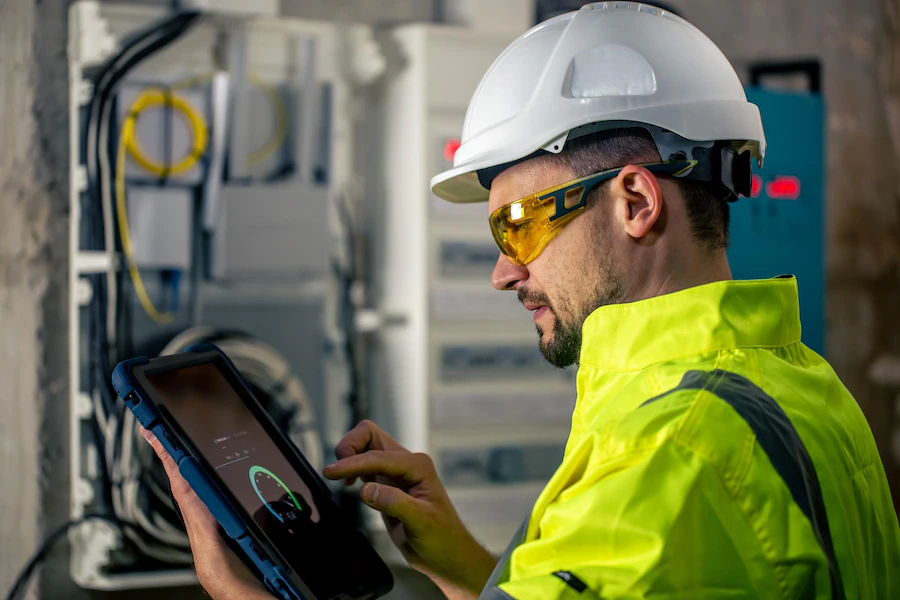Automated measurements and data collection from remote locations are just two examples of how telemetry is revolutionizing the commercial sector. Custom telemetry integrates sensors, networking technologies, and analytics to deliver real-time information. Businesses can boost productivity and earnings by pooling data from several sources.
Understanding Telemetry Systems
Telemetry systems are sophisticated networks of interconnected components that work together to collect, transmit, process, and display data. These systems are designed to collect data from various sources, including hardware sensors, mechanical devices, computer programs, and others. The data is transmitted through wired or wireless connectivity to a central point for additional processing and presentation.
Components Of Telemetry Systems
Sensors And Data Collection

Sensors are used in every telemetry system to gather data about the surroundings or items of interest. Temperature, pressure, humidity, and vibrations are just a few of the signals these sensors can monitor. The obtained data is subsequently translated into electrical impulses and seamlessly sent to the next node in the telemetry network.
Data Transmission
The data is then sent to a centralized monitoring system or a cloud-based platform, and the journey continues. A wide variety of wired and wireless protocols, including Ethernet, Wi-Fi, Bluetooth, and cellular connections, are used in telemetry systems. It guarantees safe and secure data transfer over any distance.
Data Processing And Analysis
Upon reaching the destination, the transmitted data undergo intricate processing to extract meaningful insights. It involves filtering and transforming raw data into a usable format. Advanced analytics techniques like statistical analysis, machine learning, and artificial intelligence can be applied to uncover data patterns, anomalies, and correlations.
Visualization And Reporting
Finally, the processed data comes to life through visualization and reporting. Dashboards, reports, and charts provide stakeholders a comprehensive view of the monitored systems or processes. These visualization tools empower decision-makers to monitor real-time data, track performance indicators, and identify areas that require immediate attention or improvement.
Benefits Of Real-Time Telemetry
Improved decision-making
Decision-makers benefit significantly from having access to real-time telemetry data since it is always accurate and current. Key performance indicators, operational analytics, and predictive insights are all at a company’s fingertips, allowing it to make educated decisions, pinpoint areas for growth, and confidently pursue new prospects.
Enhanced Efficiency And Productivity
Telemetry is a key enabler for streamlining processes and realizing maximum productivity potential. Organizations may reduce inefficiencies, save money, and improve productivity by closely monitoring key performance indicators in real-time.
Cost savings
Telemetry systems reveal previously unseen inefficiencies, waste, and bottlenecks in the business process. Identifying problem areas allows firms to take precise remedial action, cutting costs, saving resources, and paving the way to greater sustainability.
Proactive Maintenance And Issue Resolution
Companies can head off problems in the future thanks to telemetry’s capacity to provide predictive maintenance. By monitoring equipment health, telemetry systems can detect abnormal behavior or trends suggesting impending equipment breakdowns. Maintenance like this helps reduce the likelihood of breakdowns, saves money, and keeps things running smoothly.
Before you go
Telemetry systems allow businesses to measure and regulate various metrics to make better decisions, work more efficiently, save money, and perform preventative maintenance. Despite the difficulties inherent in telemetry implementation, organizations may stay ahead in today’s data-driven market by following best practices and anticipating future trends.
Read Also:




























